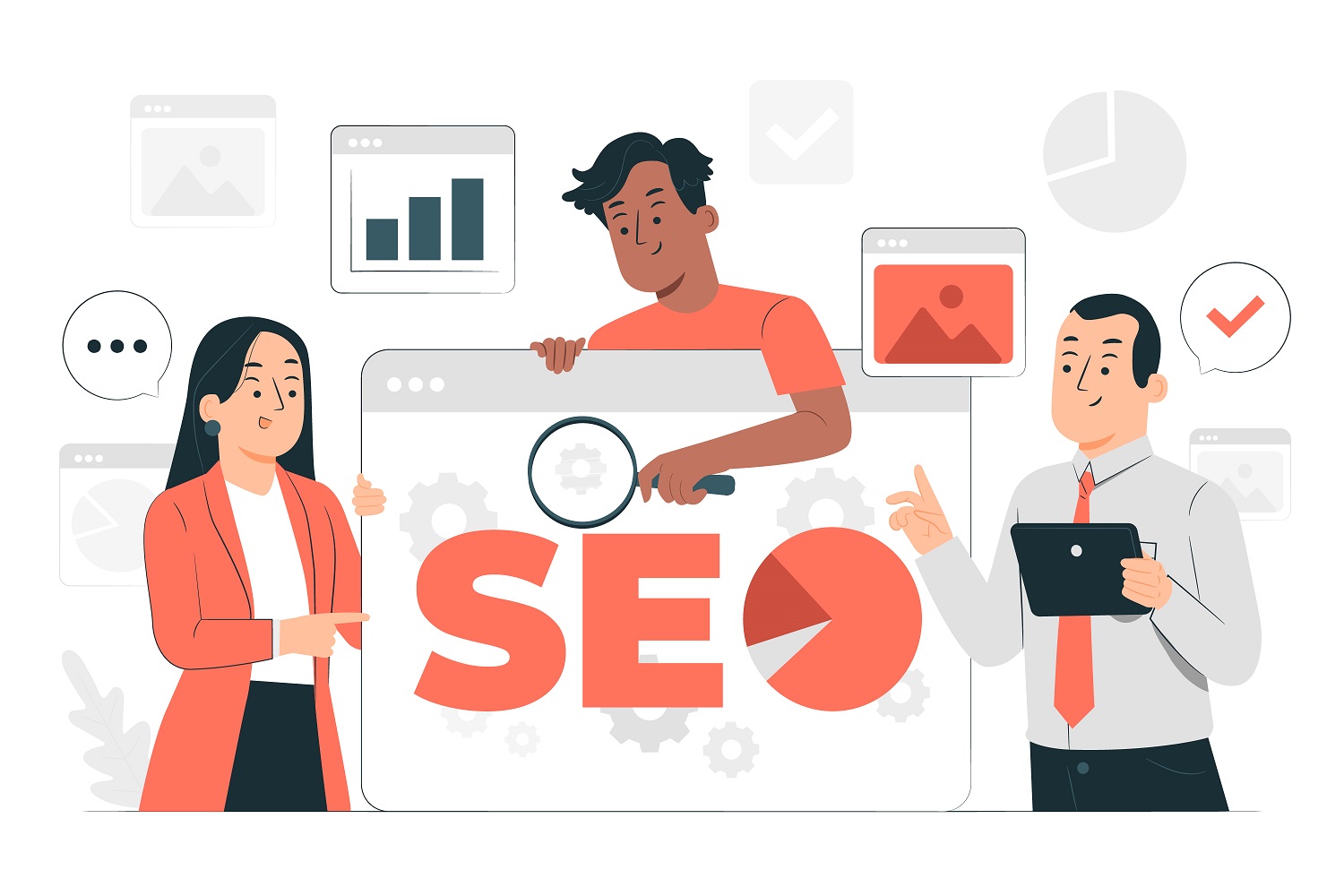...graphic designer and web designer based near Blackpool in the north west of England. He specialises in front end web design, logo design/branding, stationery, brochures and lots more stuff. Basically he is here for all your marketing needs. From suits to new recruits, he will arm you with all the visual stimuli that you need to attract the bees, that in return make the honey. Please view his portfolio below to see examples of this.
Best Practices for Image SEO

When optimizing images for SEO, you must master the art of balancing quality and performance. By carefully selecting file types, compressing images effectively, and incorporating descriptive elements, you pave the way for enhanced visibility and user experience. However, there's a crucial aspect often overlooked that can make or break your image SEO strategy. Intrigued to discover this often underestimated factor that holds the key to unlocking the full potential of your images on the web?
Image File Optimization
When optimizing images for your website, selecting the appropriate file type is crucial for achieving a balance between quality and performance.
Image file optimization is a key factor in improving your site's SEO. Choosing the right image file type, such as JPEG, PNG, SVG, WebP, BMP, or GIF, is essential for optimizing quality and file size. (find the best free images at PNGimages.com)
Employ techniques like lossless or lossy compression to reduce file sizes while maintaining image quality. It's also important to use descriptive file names with relevant keywords for better image SEO.
Alt text should be included to provide context for search engines.
Effective image optimization, including selecting the right file type, is essential for enhancing your website's performance.
Image Size and Resizing
Resizing images is a crucial step in optimizing website performance and user experience. Large images can significantly slow down loading times, impacting both SEO and user satisfaction.
By resizing images to fit their intended display dimensions, you can reduce unnecessary data transfer, leading to improved loading speeds. It's important to differentiate between image size (dimensions) and file size (storage) to effectively optimize images.
Tools like Bulk Resize Photos can help efficiently resize multiple images to the desired dimensions, ensuring optimal performance and visual appeal on websites.
Prioritizing proper image resizing not only boosts SEO but also enhances user experience, making your website more visually appealing and responsive.
Image Compression Techniques
Efficient image compression techniques are crucial for improving website performance and loading speeds. By reducing file sizes through compression, unnecessary data is eliminated, leading to quicker loading times.
It's important to maintain visual quality while reducing image sizes, which can be achieved through effective compression techniques. Tools like TinyPNG offer user-friendly options for compressing images in various formats, making the optimization process more accessible.
Descriptive Alt Text
Effective alt text is essential for website accessibility and SEO. Alt text provides context for visually impaired users and improves search engine visibility by incorporating relevant keywords.
By using descriptive alt text, you enhance your website's accessibility and help search engines understand your images. Concise and accurate alt text is crucial for maximizing impact on both accessibility and SEO.
Make sure your alt text accurately describes the image to effectively convey information to all users and boost your website's visibility.
Responsive Images and Mobile Optimization
Responsive images are essential for improving user experience across various devices by adjusting to different screen sizes. In the realm of mobile optimization, employing techniques like the srcset attribute ensures that images can seamlessly adapt to varying resolutions.
Mobile-first indexing, a critical component of SEO strategy, underscores the importance of responsive images in meeting the needs of mobile users. Given the increasing prevalence of mobile browsing, prioritizing mobile-friendly images is crucial.
Conclusion
In conclusion, following best practices for image SEO can greatly improve your website's performance and visibility on search engines. Optimizing file types, compressing images, and using descriptive alt text are key strategies. By resizing images and optimizing for mobile devices, you can enhance user experience and boost SEO rankings.
Implementing these strategies won't only help your website load faster but also increase engagement and ultimately drive more traffic to your site.
